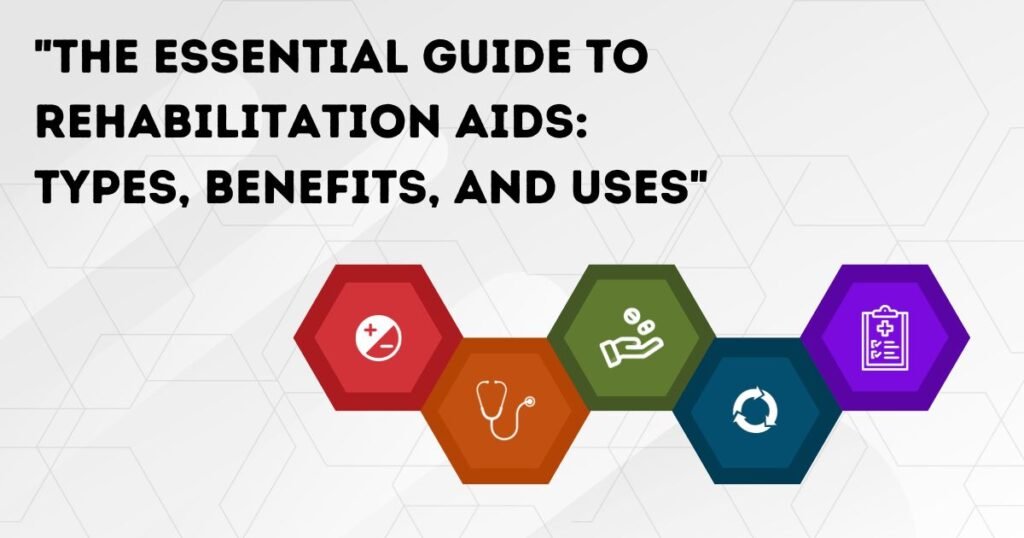Rumored Buzz on Narconon Africa
Rumored Buzz on Narconon Africa
Blog Article
The Main Principles Of Narconon Africa
Table of ContentsFascination About Narconon AfricaThe smart Trick of Narconon Africa That Nobody is Discussing7 Simple Techniques For Narconon AfricaAll about Narconon AfricaNarconon Africa - An OverviewNot known Factual Statements About Narconon Africa 4 Simple Techniques For Narconon Africa
In a collection of documents with Manudeep Bhuller and Katrine V. Lken, we get rid of these information difficulties and the nonrandomness of imprisonment, using new insights right into just how incarceration affects relapse, employment, children, and criminal networks - Substance abuse recovery. Number 1 Our job studies the results of incarceration in Norway, a setting with 2 essential benefitsWe can additionally connect this details to various other relative, consisting of kids and brother or sisters. We have info on co-offending that permits us to map out criminal networks for observed crimes. Second, we can take advantage of the random assignment of criminal situations to judges who differ in their propensities to send defendants to jail.
But some courts send out accuseds to prison at a high rate, while others are more lax. We measure a judge's stringency as the average incarceration price for all other cases a judge handles, after regulating for court and year set impacts, which is the level of random job. This quasi-random job of judge stringency can be used as an instrument for imprisonment, as it highly anticipates the court's choice in the present instance, yet is uncorrelated with various other situation characteristics both by design and empirically.
Fascination About Narconon Africa
Qualities of detainees, including demographics and crime classifications, are broadly similar in Norway and various other nations, including the United States, with the exemptions that the United States murder price is much higher, and race plays a bigger duty there as well. What stands out as various, especially compared with the United States, is the jail system.
Figure 2In Norway, the ordinary time spent in prison is a little over 6 months, which resembles most various other Western European countries. This contrasts with ordinary US prison time of nearly 3 years, which is in large part the reason the United States is an outlier in its imprisonment price compared to the remainder of the globe [Number 1]
Narconon Africa - Questions
This gives far more splitting up in between small and solidified wrongdoers than exists in the USA. There is no overcrowding in Norwegian prisons and better personal security, with each detainee being designated to their very own cell and a higher inmate-to-staff ratio than in the United States (https://www.merchantcircle.com/blogs/narconon-africa-louisville-ky/2024/6/50-YEARS-Saving-Lives-from-Drugs/2740632). Prisons in Norway also supply well-funded education, medication therapy, psychological health, and work training programs
Our research on the results of incarceration on the transgressor, using the random task of courts as an instrument, yields 3 vital findings. Imprisonment prevents additionally criminal actions. We locate that incarceration lowers the likelihood that an individual will reoffend within five years by 27 percent points and decreases the matching number of criminal fees per individual by 10 fees.
Our Narconon Africa PDFs
We locate sizable decreases in reoffending likelihoods and advancing charged criminal activities also after defendants are released from jail. Our 2nd outcome is that page predisposition due to selection on unobservable individual qualities, if ignored, causes the incorrect conclusion that time invested in jail is criminogenic. If we just contrast criminal defendants imprisoned versus those not sentenced, we find favorable associations in between imprisonment and subsequent criminal offense.
This stands in contrast to our analysis based upon the arbitrary task of judges, which discovers an opposite-signed outcome. Third, the reduction in criminal offense is driven by individuals who were not functioning prior to incarceration. Among these people, imprisonment boosts participation in programs routed at improving employability and decreasing recidivism, and this eventually elevates employment and revenues while preventing criminal behavior.

Jail time causes a 34 portion factor rise in involvement in job training programs for the previously nonemployed, and within five years their employment price boosts by 40 percent factors. At the exact same time, the likelihood of reoffending within five years is reduced by 46 percentage points, and there is a decline of 22 in the typical number of criminal fees.
Examine This Report about Narconon Africa

A probable description for the difference is that Norway's prison system differs markedly, both in regards to prison-term length and prison conditions, from the United States prison system. While understanding the results of imprisonment on the wrongdoer is an essential primary step, catching spillover impacts is also essential for examining criminal justice policy and designing effective jail systems.
The Ultimate Guide To Narconon Africa

Normal least squares estimates reveal that kids of incarcerated papas are 1 percentage point most likely to be charged with a crime, about a mean of 13 percent, and show no effect on school grades. Utilizing our court stringency tool, we find no statistical proof that a daddy's incarceration influences a kid's own crime or institution qualities, but we are not able to eliminate modest-sized impacts.
The 5-Second Trick For Narconon Africa
We define criminal teams based on network web links to prior criminal situations. When a criminal network member is jailed, their peers' probability of being billed with a future criminal offense reduces by 51 percentage factors over the following four years - https://narconon-africa.webflow.io/.
Report this page